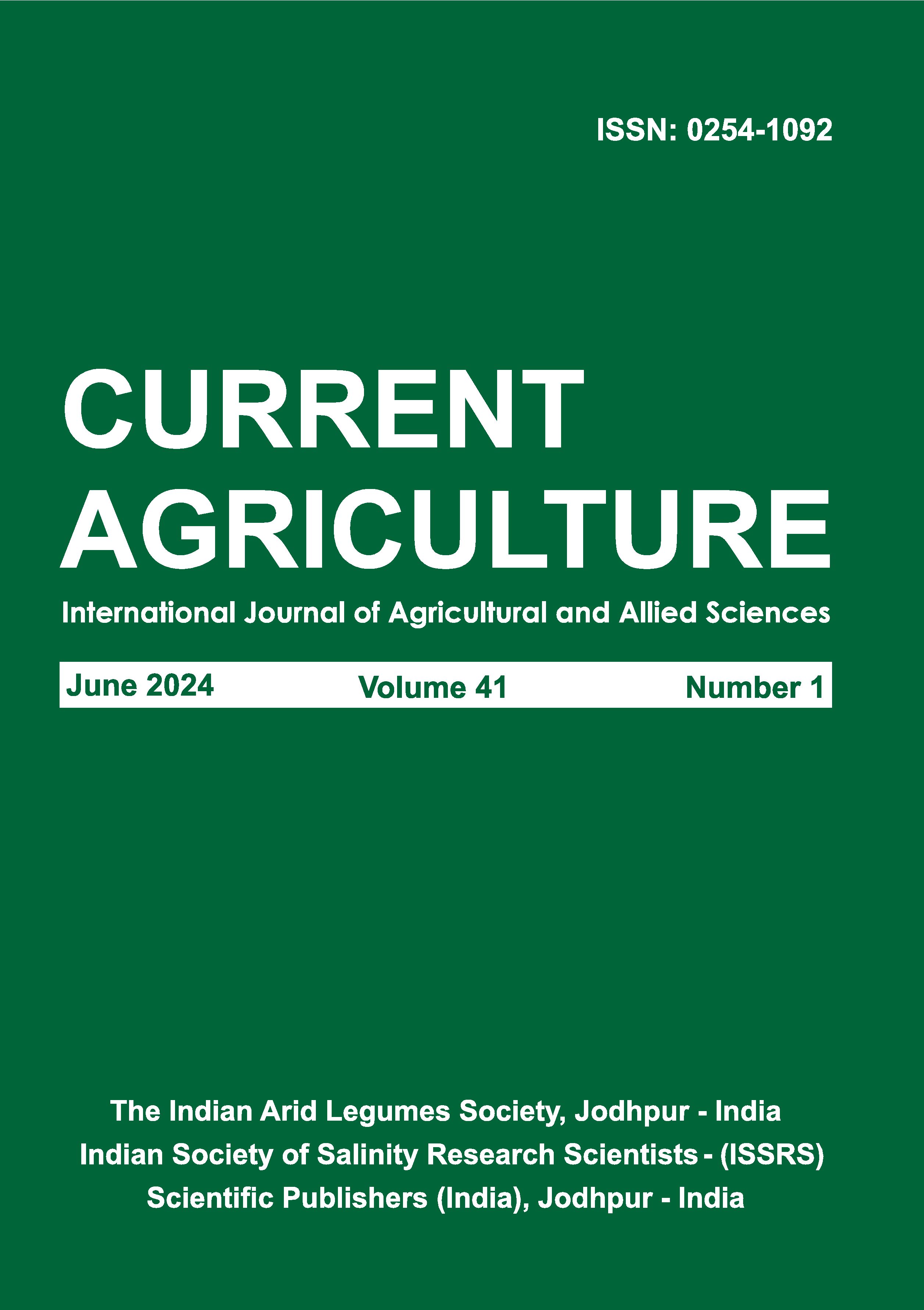The minor pulses comprise moth bean, horsegram, grasspea, cowpea, French bean and other lesser cultivated pulses
and shared 2.32-3.13 million hectares and 1.49-2.17 million tons of the acreage and production of pulses, respectively,
in India, during 2019-20-2023-24. Their contribution to the total pulses production stood at 5.9% during 2023-24.
The present paper reviews the current production scenario, genetic and genomic resources and varietal development
of minor pulses and suggests future outlook for attaining high yield and sustainable production. The acreage of moth
bean, horsegram and grasspea were reduced by 2.1%, 33.3% and 8.5% during 2023-24 as compared to that of 2019-20.
Barring horsegram where production was reduced by 34.3%, it was increased by 12.5% for moth bean and 29.4% for
grasspea during the corresponding period. The yield ha-1 was higher by 15.1% and 41.3%, respectively, for moth bean
and grasspea but marginally lower by 1.5% for horsegram during 2023-24 over that of 2019-20. India has rich indigenous
germplasm collections of the minor pulses except Indian bean and 35 novel unique germplasm were registered, those
can be effectively used as donor sources for accelerating breeding programme. A total of 111 high yielding and climate
resilient varieties were developed through conventional breeding during 2011-24. The available genomic resources in
moth bean, SSR marker set; the linked SSR markers with plant height and determinate growth in horsegram and set
of unigene-SSR markers, a set of functional SSR markers in cowpea will expedite genomics-led interventions in the
breeding of these crops. Further, induction of newly notified varieties in the seed production chain will be critical for
enhancing production






